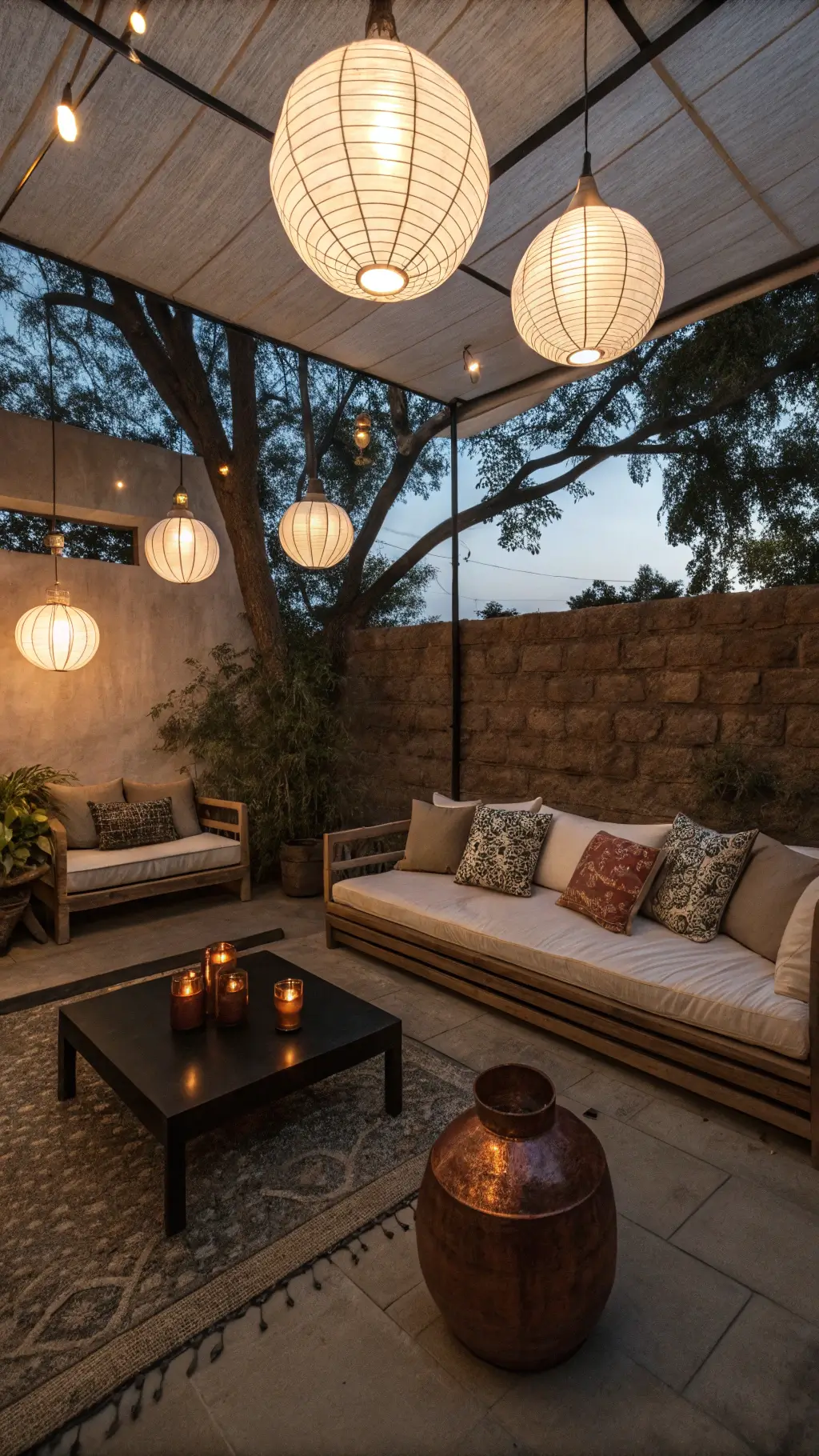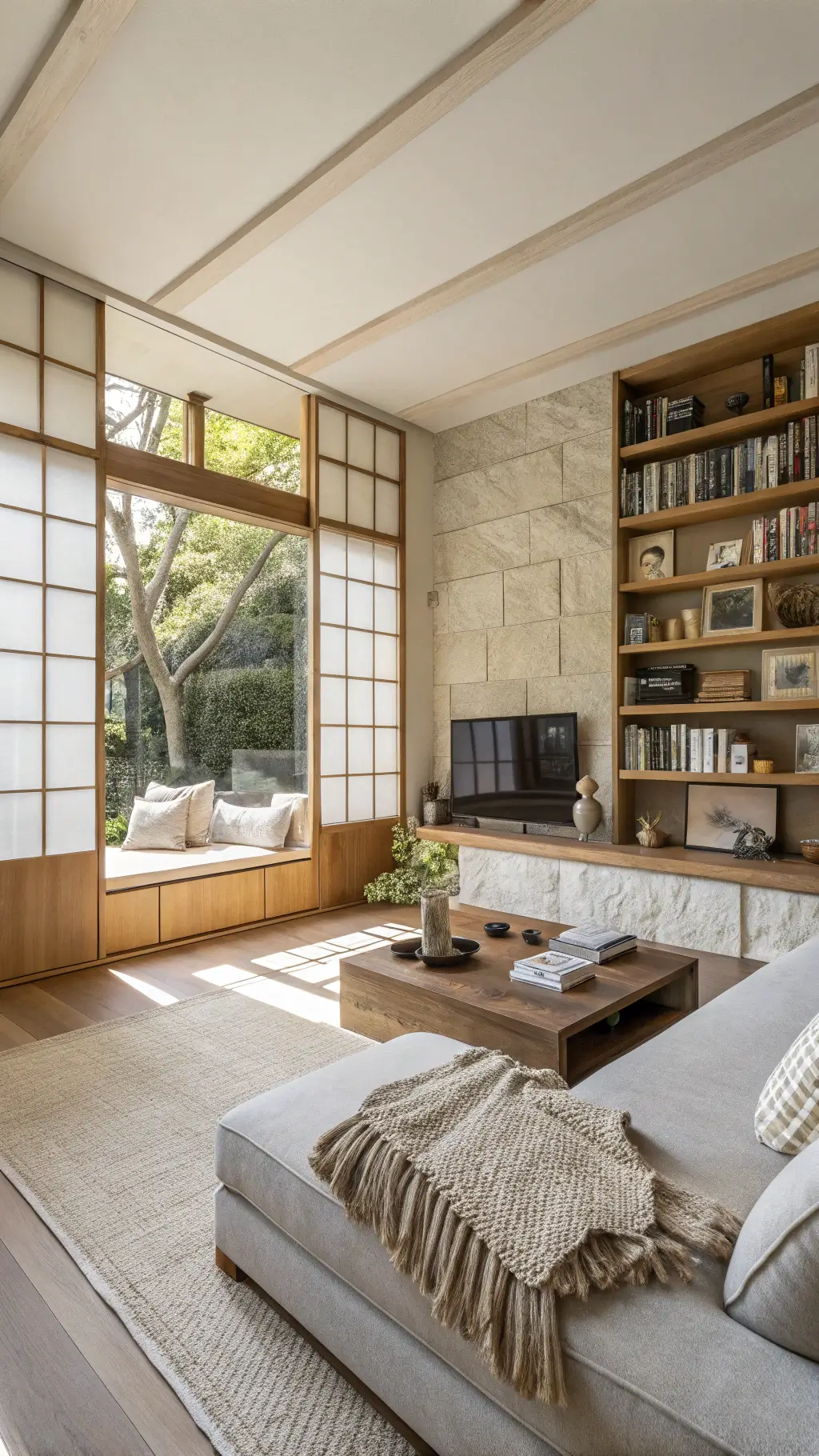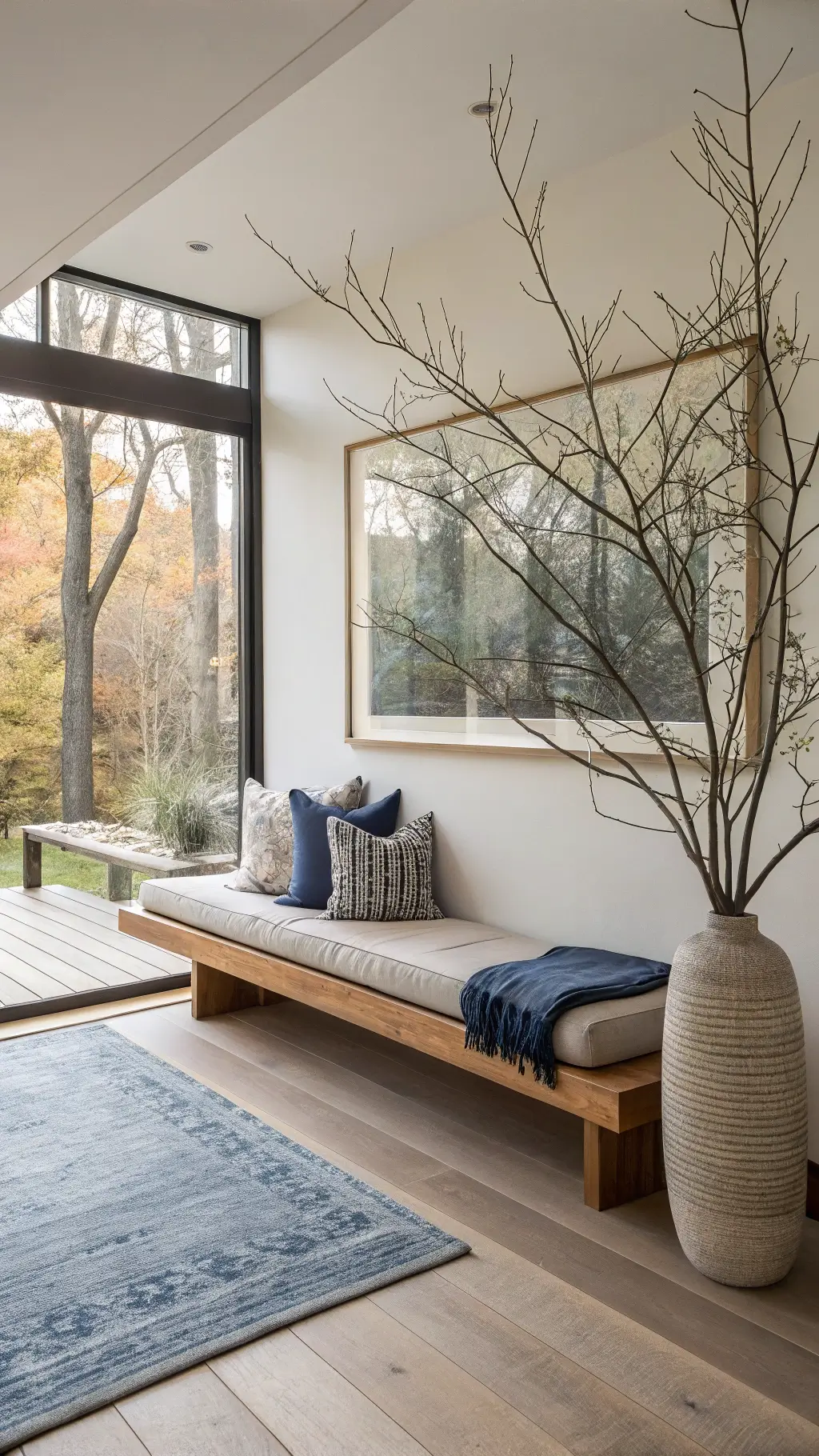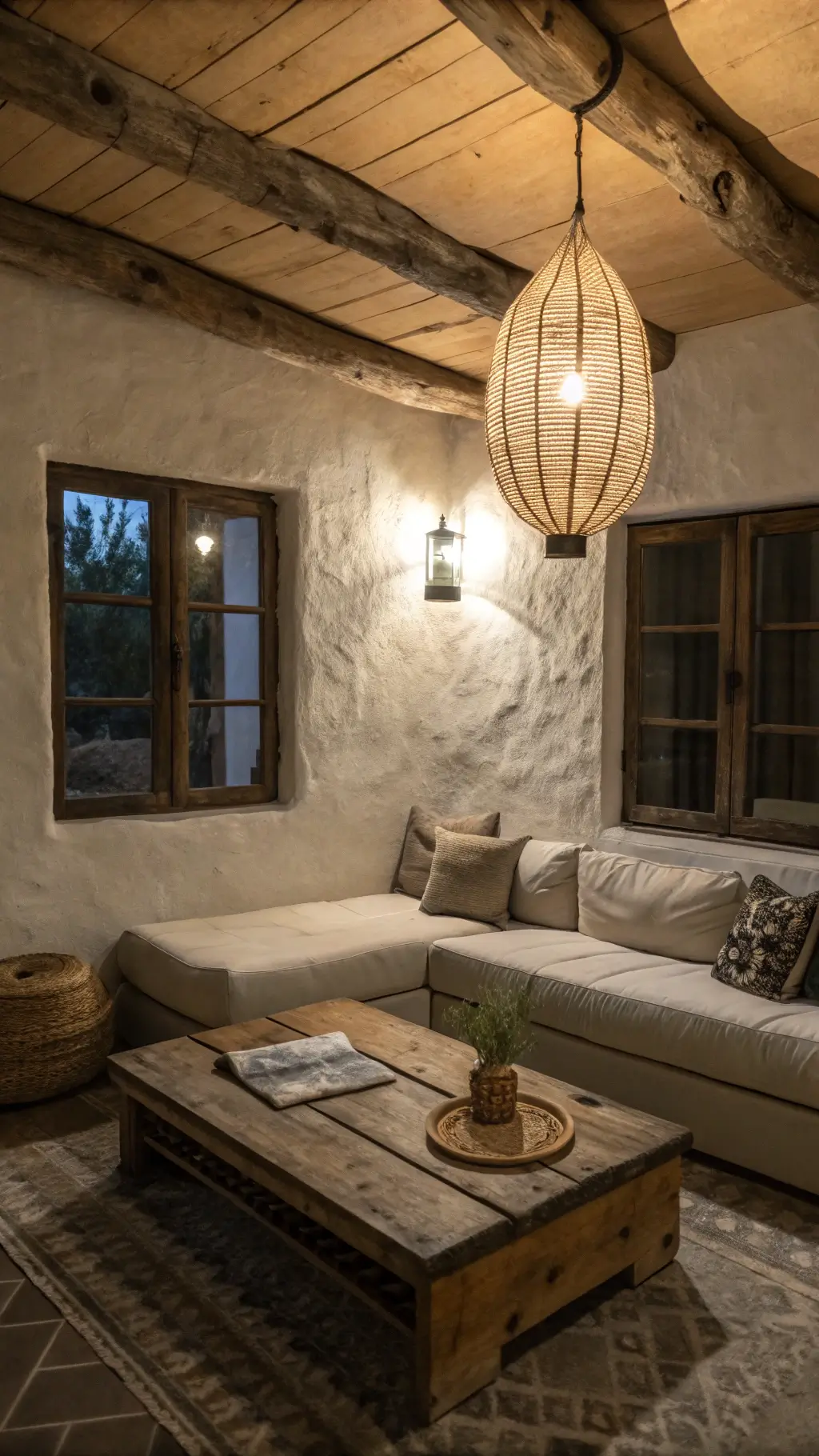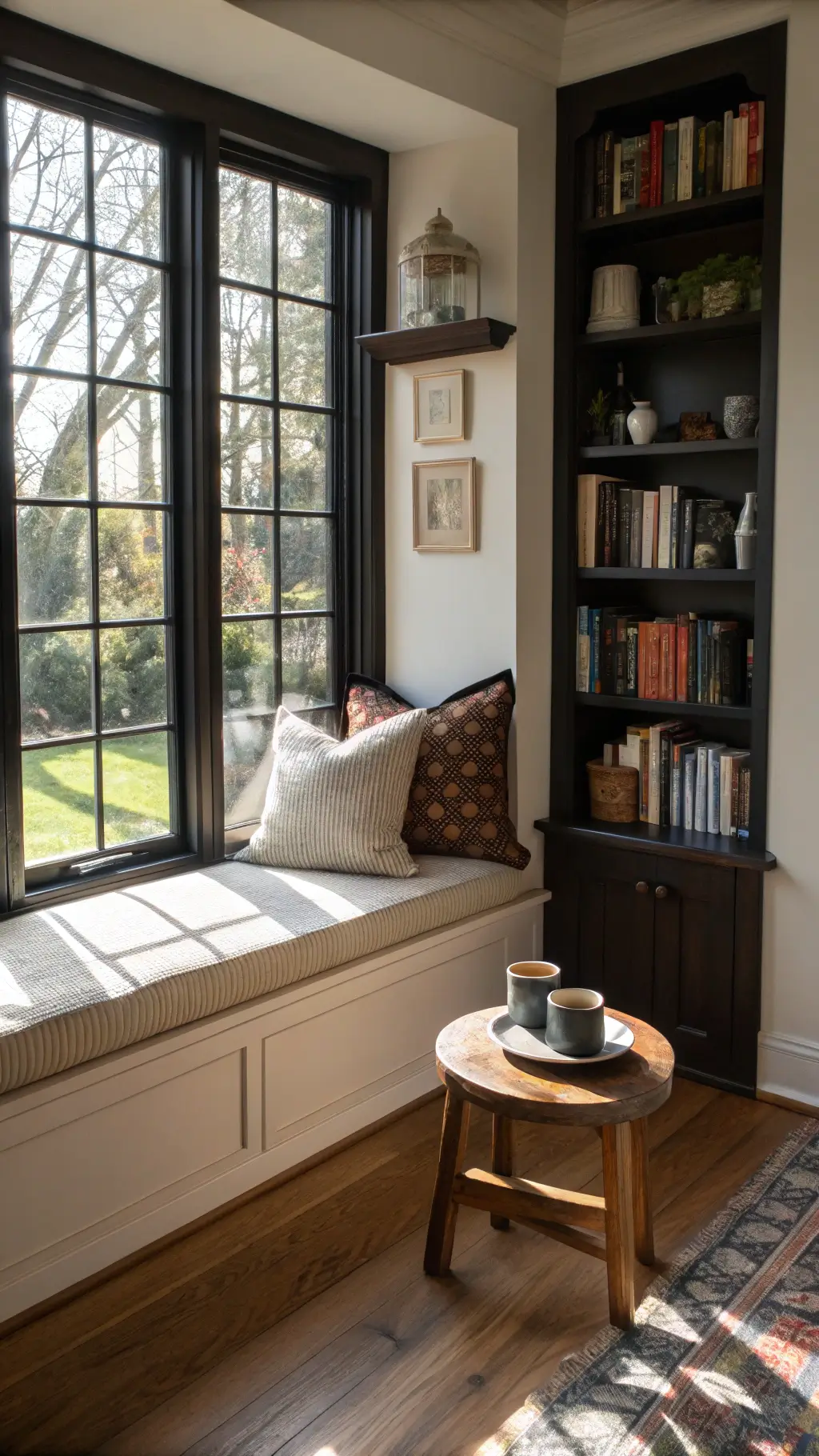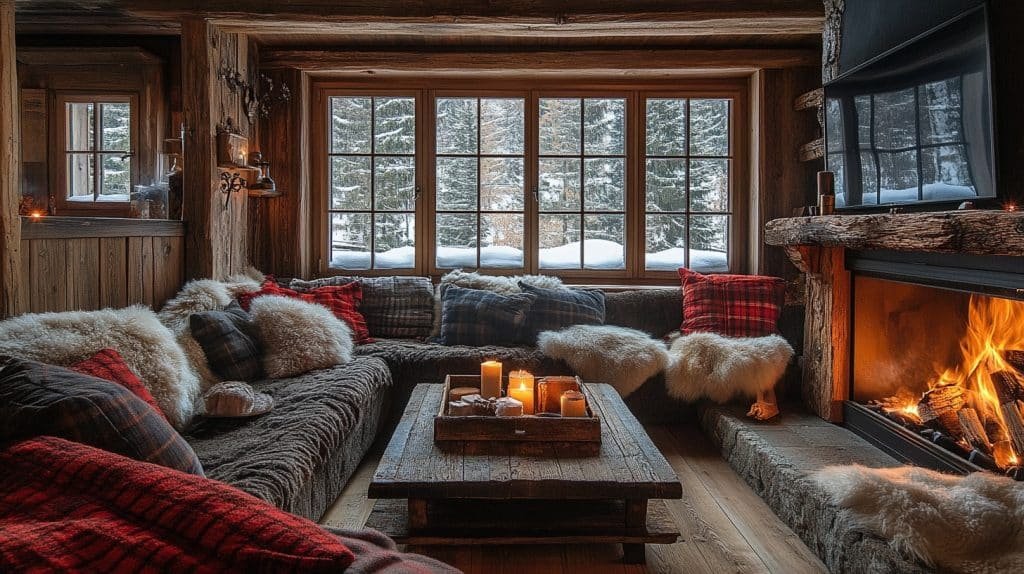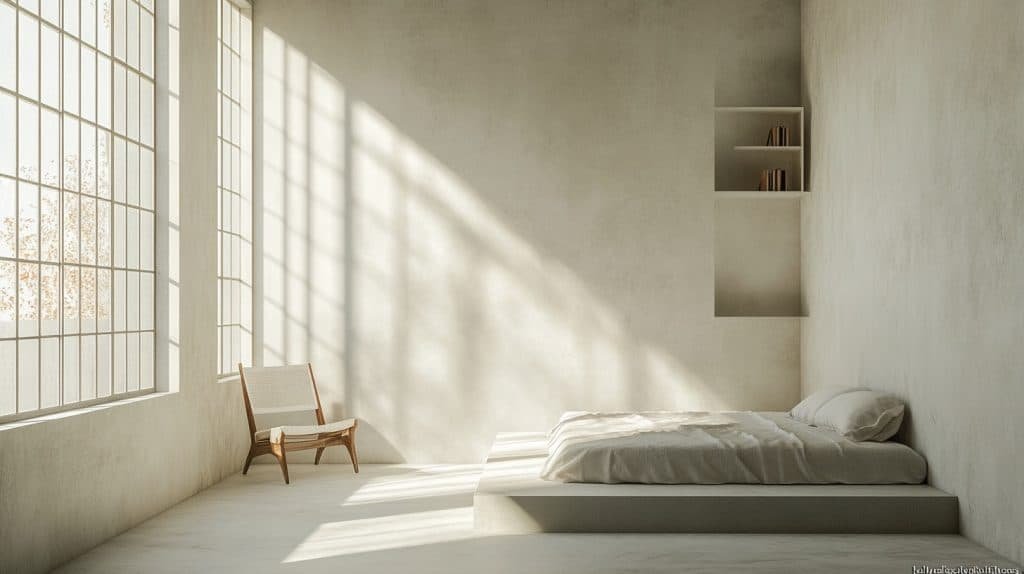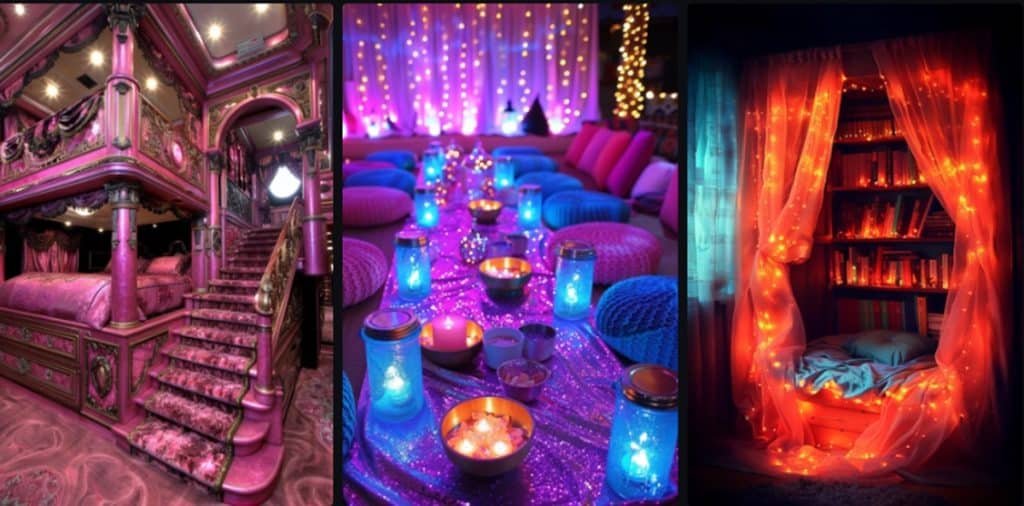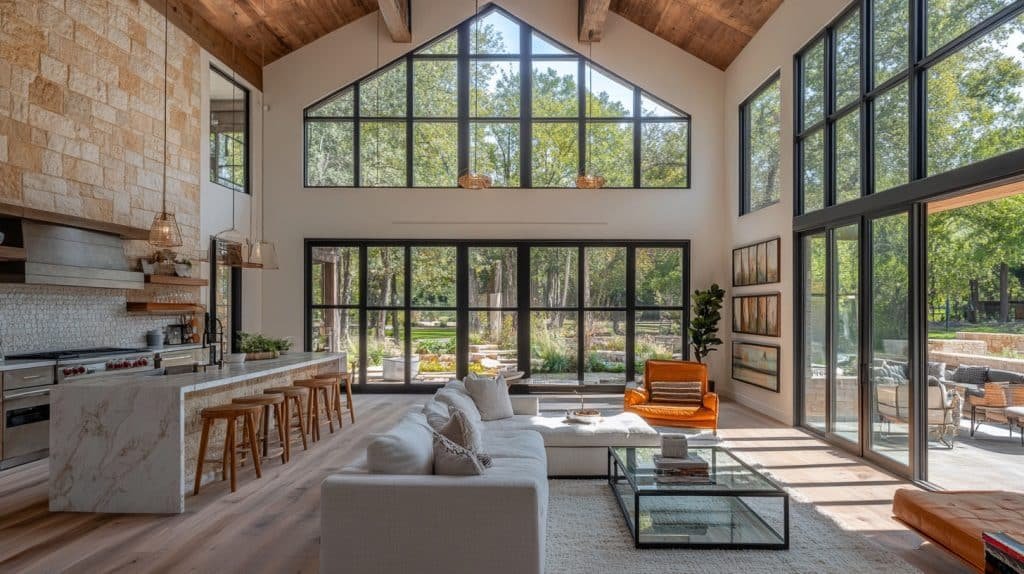Crafting Your Wabi Sabi Japandi Living Room: A Serene Design Journey
Living rooms can feel overwhelming, cluttered, and impersonal. But what if you could create a space that breathes calm, tells a story, and feels authentically you? Welcome to the world of Wabi Sabi Japandi design – where imperfection meets minimalism.
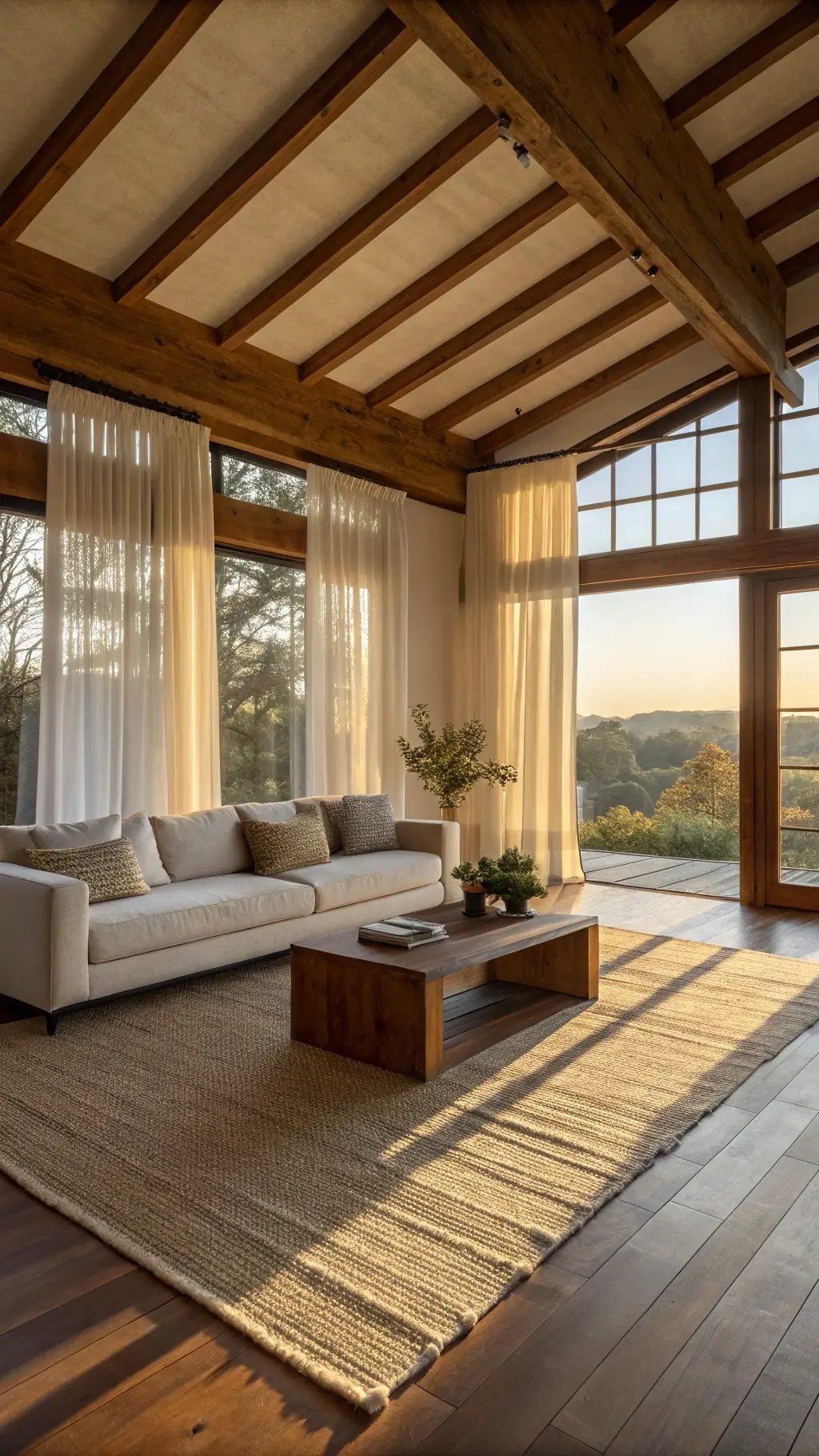
Why Wabi Sabi Japandi? Your Sanctuary Awaits
Imagine walking into a living room that immediately makes you take a deep breath. Soft neutrals. Purposeful objects. Textures that whisper instead of scream. That’s the magic of Wabi Sabi Japandi.
Quick Style Snapshot
Who’s This For?
- Nature lovers
- Minimalism enthusiasts
- People craving intentional living spaces
- Those tired of cookie-cutter design
Design DNA: What Makes It Special
Core Principles:
- Embrace imperfection
- Celebrate natural materials
- Create breathing room
- Honor simplicity
Essential Elements: Building Your Zen Living Space
Must-Have Foundational Pieces
Furniture Essentials:
- Low-profile wooden sofa
- Rustic stone or reclaimed wood coffee table
- Minimal wall shelving
- Natural fiber area rug
Color Palette: Nature’s Soft Whispers
Key Colors:
- Warm whites
- Soft grays
- Earthy browns
- Muted greens
- Gentle charcoals
Styling Secrets: Making It Feel Like Home
Texture Is Your Secret Weapon
Layering Like a Pro:
- Mix linen throws
- Add wool cushions
- Incorporate raw wood elements
- Display handcrafted ceramics
Styling Pro Tips
The 3 Sacred Rules:
- Less is more
- Every item must have purpose
- Embrace natural imperfections
Practical Implementation
Step-by-Step Setup
Room Transformation Checklist:
- Clear existing clutter
- Choose neutral base furniture
- Add organic textures
- Create intentional negative space
- Edit ruthlessly
Budget-Friendly Approach
Smart Sourcing:
- Thrift stores for unique pieces
- Marketplace for vintage finds
- Local artisan markets
- Online vintage retailers
Budget Breakdown
Estimated Costs:
- Low-end: $500-$1,500
- Mid-range: $1,500-$3,000
- High-end: $3,000-$6,000
Maintenance & Evolution
Keeping Your Space Fresh:
- Rotate seasonal accessories
- Swap textiles periodically
- Add one meaningful piece annually
- Clean and care for natural materials
Common Mistakes to Avoid
Design Pitfalls:
- Over-decorating
- Ignoring negative space
- Choosing mass-produced items
- Forgetting personal meaning
Final Thoughts
Wabi Sabi Japandi isn’t just a design style – it’s a philosophy. It’s about creating spaces that breathe, tell stories, and make you feel genuinely at peace.
Pro Tip: Your living room should feel like a deep exhale. If it doesn’t, keep refining.
Quick Checklist Before You Start
- [ ] Clear your space
- [ ] Choose natural materials
- [ ] Embrace imperfection
- [ ] Create breathing room
- [ ] Add personal, meaningful touches
Happy designing! Your serene sanctuary awaits.

